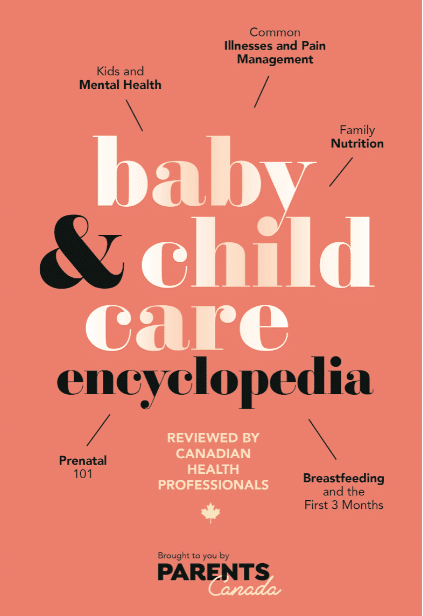 From the pages of the Baby & Child Care Encyclopedia: Chapter 9, Milestones, Checklists and Charts
From the pages of the Baby & Child Care Encyclopedia: Chapter 9, Milestones, Checklists and Charts
New parents often aren’t sure what milestones their new additions should be reaching. Good news: We’ve rounded up some of the common growth and development benchmarks to help ease your uncertainty.
First things first: All kids move at their own pace, and comparing your kids to others is a fast-track to Worrytown. That being said, it’s always a good idea to have a sense of the milestones on the horizon so you can reach out for help if you’re concerned (because there is absolutely no shame in asking for advice at any stage of the pregnancy and parenting journey). We’ve rounded up some of the basic milestones you’ll want to watch out for as your little one grows and changes.
Your newborn's growth
Weight Most newborns lose about one tenth of their birth weight in the first week and reach their birth weight again by the second week. After that, your baby’s weight will increase quickly.
Length Boys tend to be a little heavier and longer than girls and they grow a little faster.
Head Your baby has a diamond-shaped soft spot in the middle of their skull and a little toward the front. (The skull bones will not fuse in that spot until about six to 10 months.) If your little one was born vaginally, the skull may look misshapen at birth, but soon will have a normal shape. Any bruising or swelling that happened during birth will disappear.
Body Your baby was curled up in the womb. Their legs may appear bowed, but gradually will straighten out over the next few months.
Your child's development
Even when children are newborns, their personalities shine through. You will learn to “read’ and enjoy your newborn’s personality and adjust to it—just as your newborn adjusts to you. Some things to know: Your baby can see and is attracted to bright colours and patterns. Babies can hear and are interested in high-pitched sounds, but also soft voices. They are sensitive to smells, such as milk. You will start to see and gauge their reactions to all manner of stimuli.
Movements Newborns can move their arms and kick their legs—especially when they cry. If they lie on their bellies, they instinctively turn their heads to the side so they can breathe. If you put your finger in your baby’s hand, the baby will grasp the finger tight, as a reflex.
Language Newborns are visibly content when they have been fed and feel comfortable. They can make soft sounds, too—and of course they cry when they are hungry, cold, wet or experience some other discomfort.
Watch your newborn. You will learn to understand your child’s signals, which are the start of communication.
WHO growth charts for Canada
From your baby’s first doctor’s appointment on, your child’s primary care provider will consult the WHO Standard Growth Charts to measure and track height and weight. The curve plotted helps the doctor determine if growth is happening at a consistent rate for your child.
For more on these charts, check out the Canadian Paediatric Society’s resource page at cps.ca/tools-outils/who-growth-charts.
Nipissing District Developmental Screen The NDDS is often touted as the Canadian standard for milestone assurances. The NDDS is a series of checklists designed to give parents a sense of whether their child is hitting age-appropriate developmental milestones, and, should there be a concern, directing parents when to have their child seen by a paediatrician or GP. Parents can register for monthly prompts up to 30 months, and then yearly prompts up to age six, at lookseechecklist.com.
As you watch your child grow and learn, saving with a CST RESP will help you support their dreams. Visit www.cst.org to learn more.
The Milestones, Charts and Checklists chapter of the Baby & Child Care Encyclopedia has been made possible by CST Consultants Inc.
Read more from the Baby & Child Care Encyclopedia.
-
-
- Prenatal 101
- Breastfeeding and the First Three Months
- Starting Solids and the Toddler Years
- An Age-by-Age Guide to Sleep
- Family Nutrition
- Kids and Mental Health
- When Your Child is Sick
- Safety and First Aid
- Milestones, Checklists and Charts
-
















